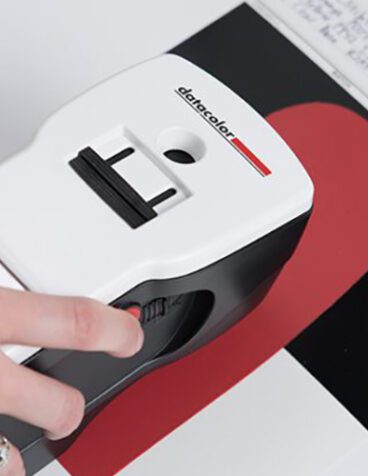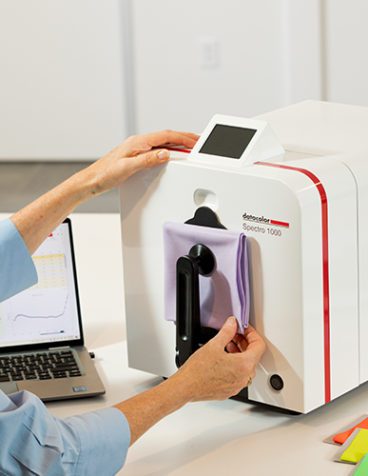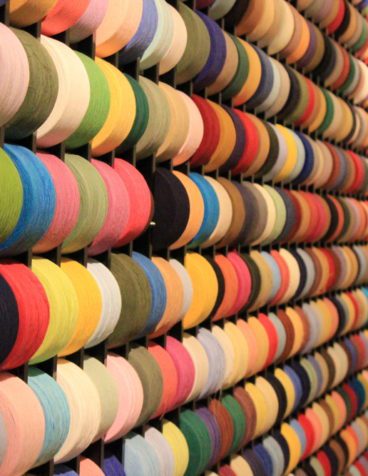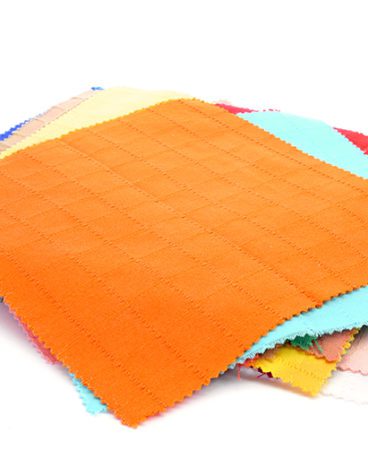Don’t have much time, but want to learn about color management best practices? We created this series so you can refresh your color knowledge or learn something new in just a minute or so.
One question we hear often is, “What are the best practices for applying Delta E tolerance standards (or the color difference from one spectrophotometer measurement to the next).” The answer? It depends. Color matching is an indicator of quality, but the level of uniformity can vary by color, product, application, or business need. Here are some things to consider when determining your own Delta E tolerance standards:
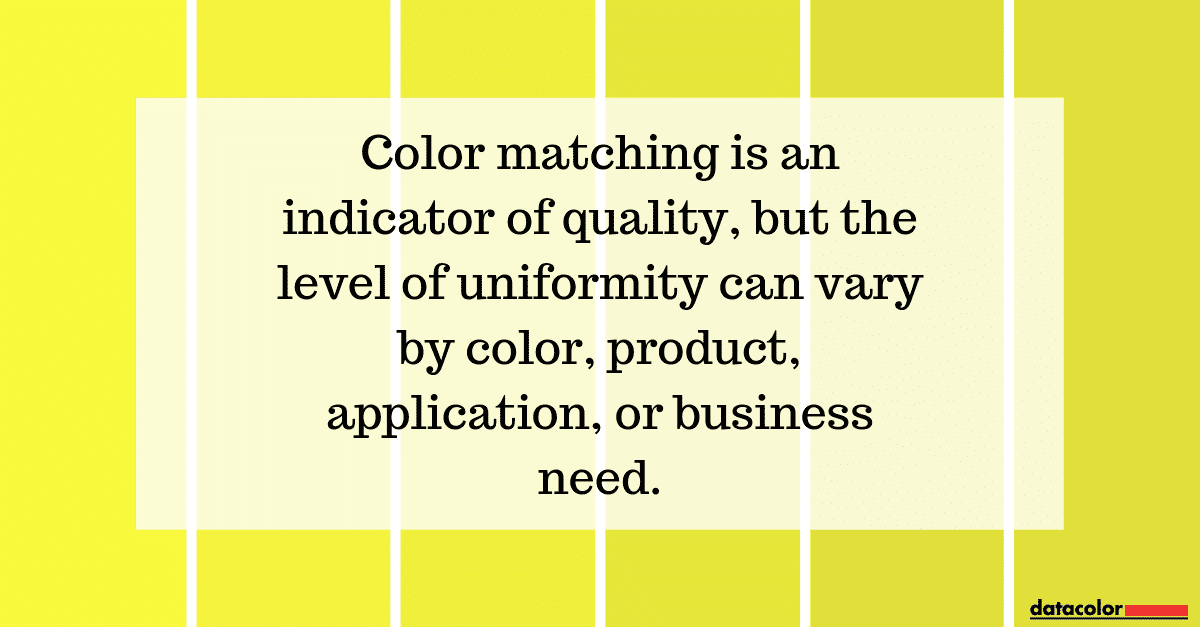
- The quality demands of your customers
- Agreement with visual assessment
- The Delta E calculation formula to be used. We recommend CIEDE2000 or CMC.
- One size does not fit all. White and pastel colors may have different perceptibility/acceptability versus deep and high chroma colors
- The color accuracy of competing products
- Your time constraints. If you set strict Delta E tolerance standards, does your team have the time and resources to ensure your products meet those standards and maintain production throughput?
- The cost/benefit ratio of improved color matching. The right tools are an investment, but they’ll help you achieve more first-shot matches and over time save you money
Download Our Free Ebook and Learn More About Color Fundamentals


